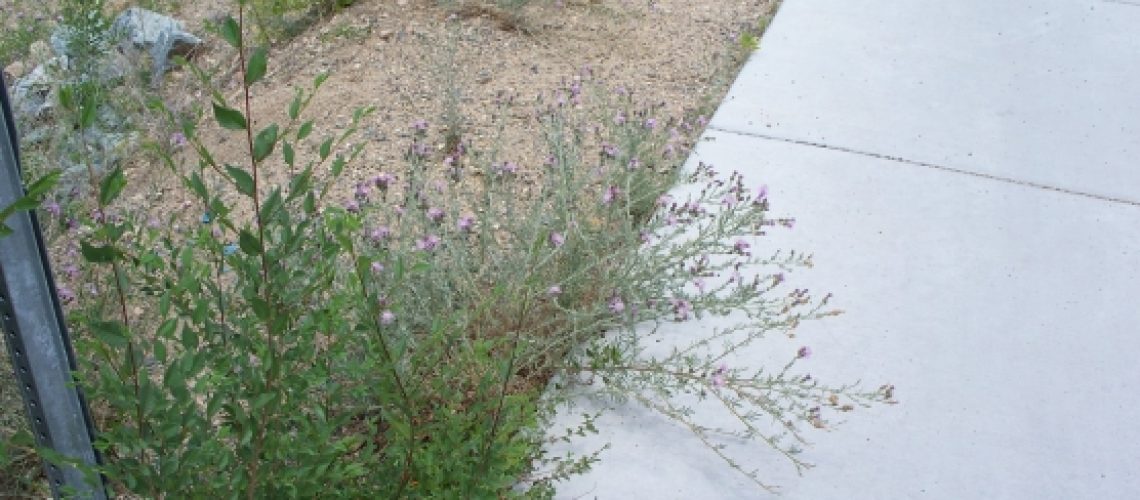This summer, led by Prescott Creek’s Jay Crocker, volunteers successfully removed many invasive noxious weeds such as spotted knapweed from Watson Woods. But this is not solving the weed problem because several species are widespread throughout Prescott. Many grow along creeks and spread in the area and throughout the watershed. The seeds blow in the wind and downstream during storms. The most common ones you will see are Spotted knapweed (Centaurea maculosa L.); Dalmation toadflax (Linaria genistifolia var. dalmatica); and Scotch thistle (Onopordum acanthium L.).
According to the Arizona Department of Agriculture www.azda.gov/PSD/quarantine5.htm –they are all “restricted noxious weeds (includes plants, stolons, rhizomes, cuttings and seed) and if found within the state shall be quarantined to prevent further infestation or contamination.”
These plants may look pretty when they are not overtaking the landscape but nonnative weeds degrade the environment by crowding out native species. They can even lower property values. More must be done to protect our watershed. Biological controls such as seedhead insects have been successful with spotted knapweed, but eradication over large areas takes a lot of work, repeated over the years.
Fortunately, local efforts by landowners can help. Spotted knapweed near our home on Aspen Creek was terrible. Cooperative Extension recommended that they be dug up, double-bagged, and sent with the trash to the landfill. I did this for several years and it has been very effective compared to upstream areas which have bad infestations this year. Follow ups such as pulling the immature plants early in the year when the ground is wet made the job easier.
Doris Cellarius is Prescott Creeks Board Chair and can often be found along Aspen Creek trying to eradicate invasive weeds.

